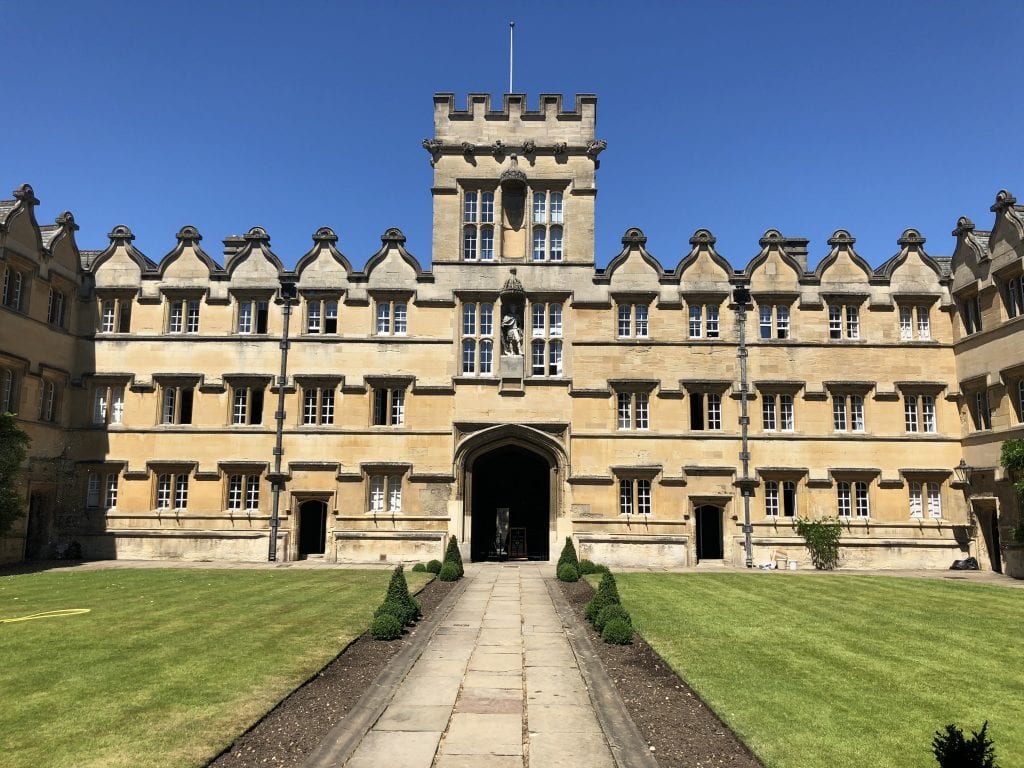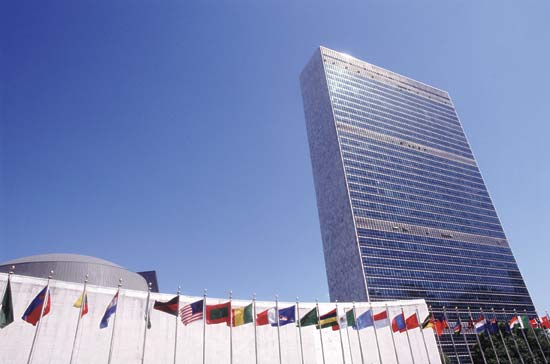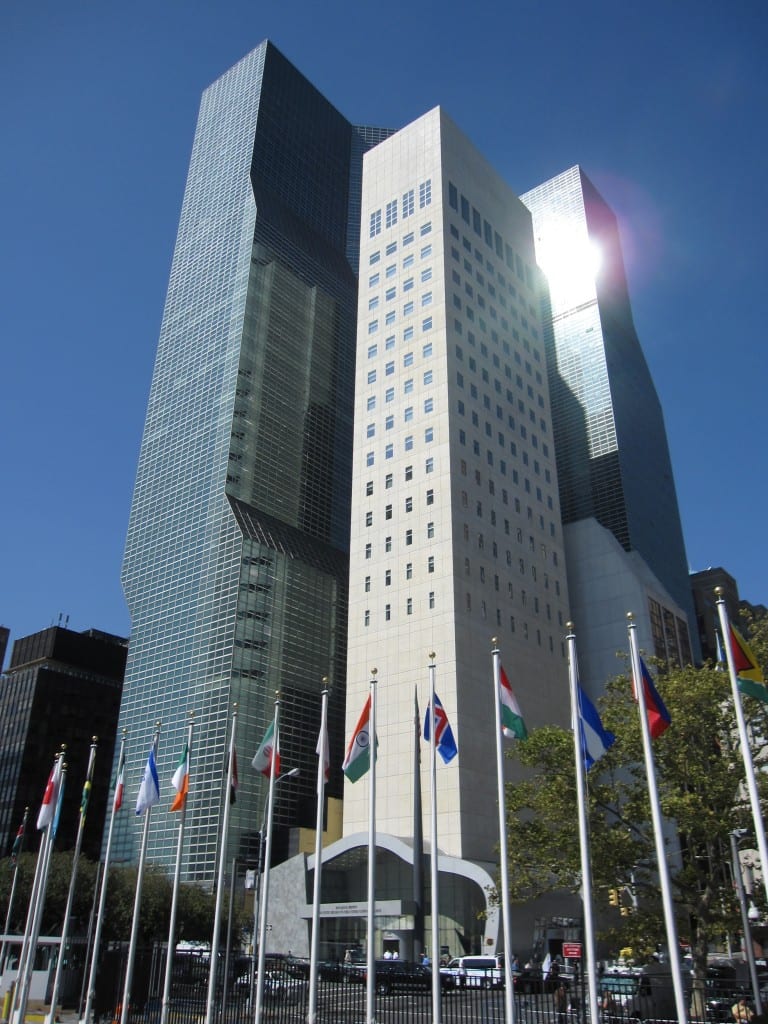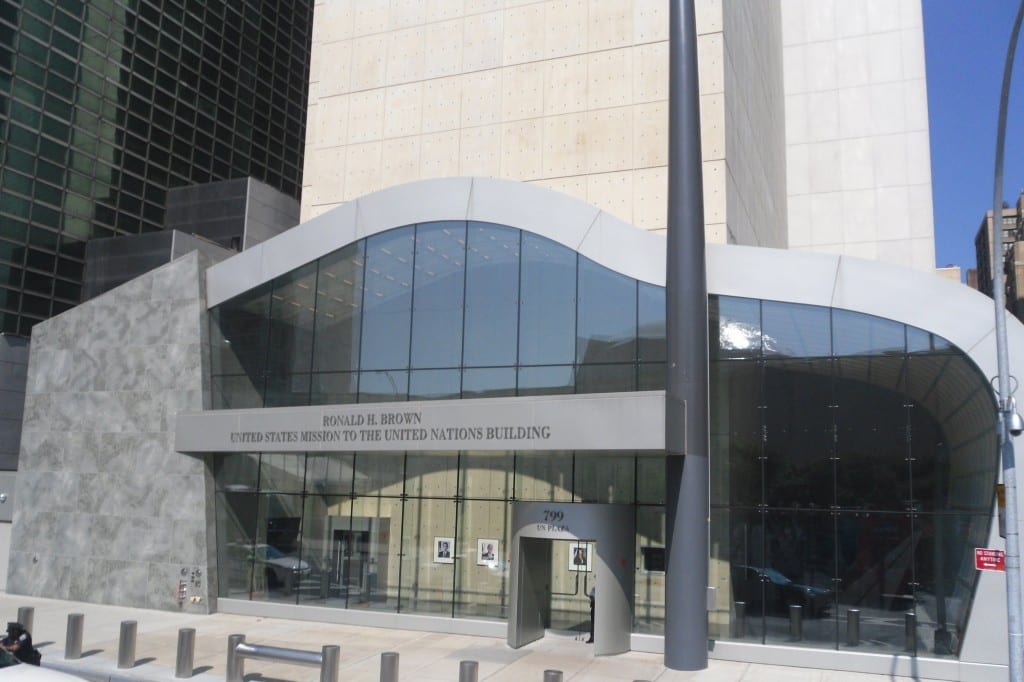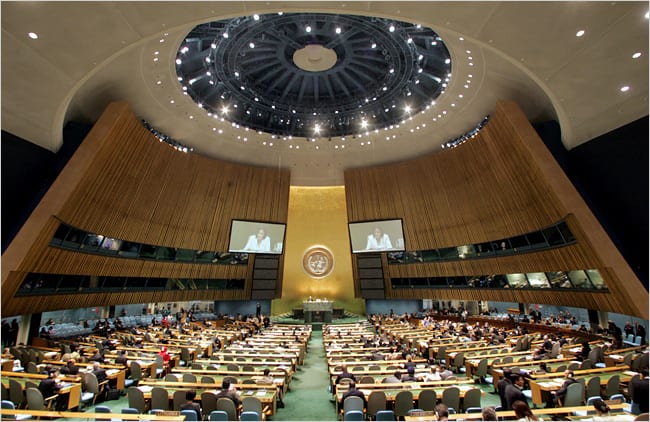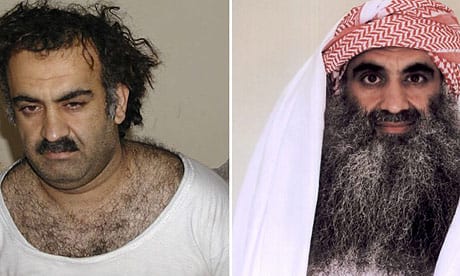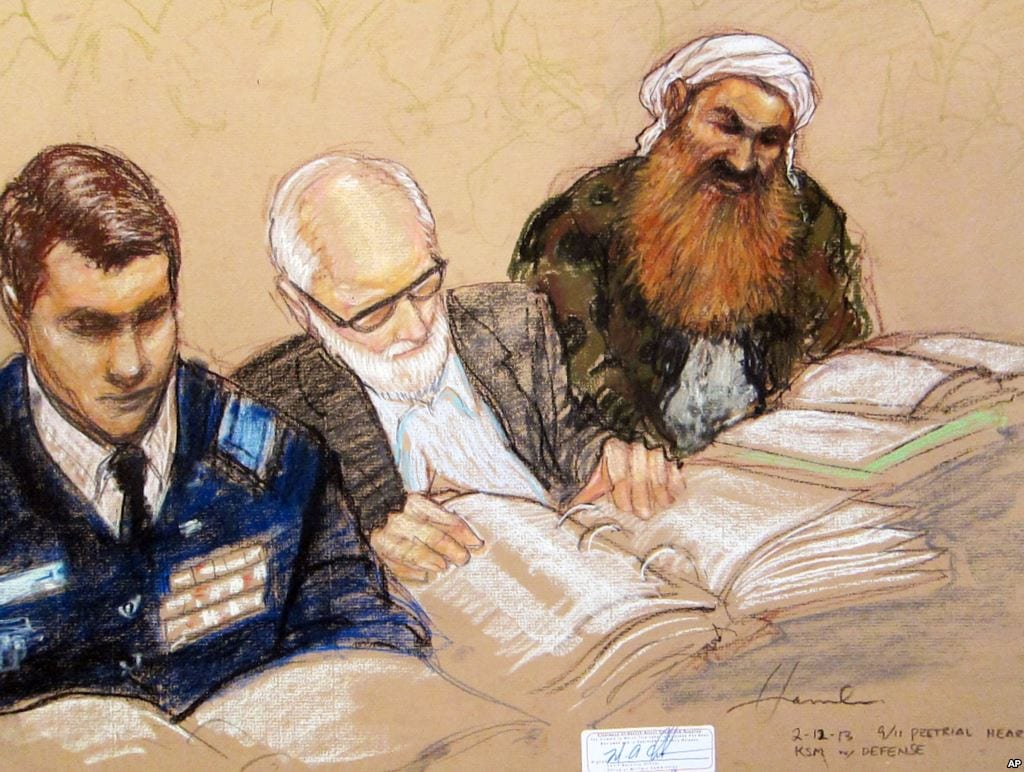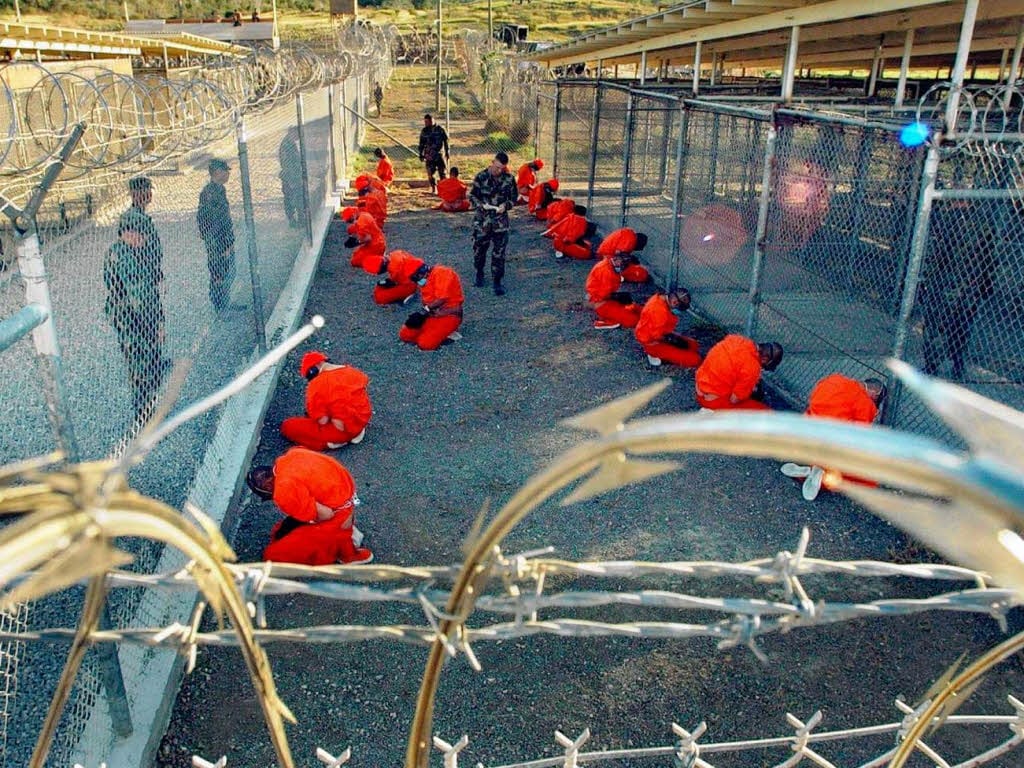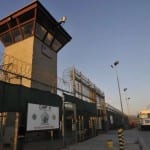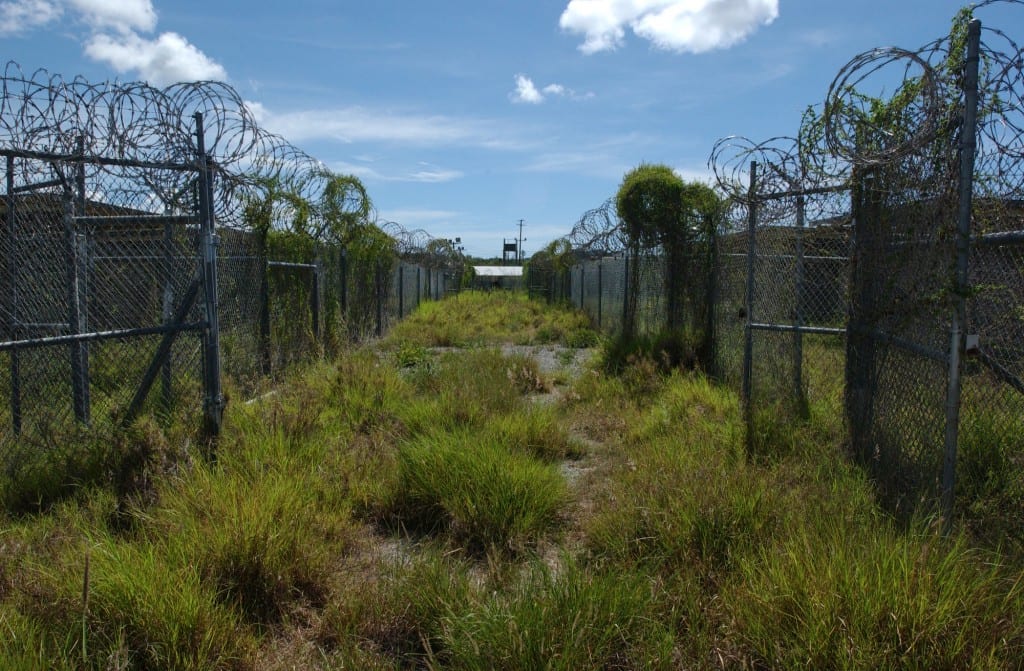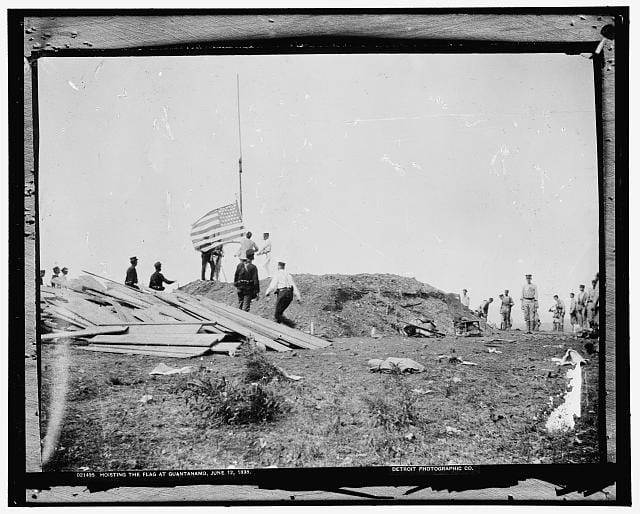The coronavirus outbreak is an emerging, rapidly evolving situation. SMU will provide updated information and guidance on this site as it becomes available.
SUBMIT YOUR QUESTION
We are receiving a high volume of inquiries about Law School events and request your patience as we provide information. For fastest answers to your questions, we recommend you check the information on this page. Still have a question, Submit it here.
RECENT UPDATES
ALL LAW STUDENTS: Email from Dean Yeager about Moving Forward Next Week at SMU Dedman Law 03/19/20
I hope you are taking very good care during this stressful and uncertain time. The faculty and staff are all looking forward to seeing you again next week, even though it will be virtually for the time being. I am writing to answer some common questions about how we will be providing support and services to you in light of the federal and city guidelines mandating the reduction of group gatherings and social distancing. Individuals and teams have worked many hours to ensure we are protecting the health, safety and welfare of the members of our community, while offering you the best possible educational experience. The purpose of this email is to inform you of our plans and ask for your assistance, understanding and patience as we work together to continue the important work of the law school. Below are a number of updates:
- Faculty: We are suspending face-to-face instruction and moving to virtual instruction, effective Monday, March 23 and through at least April 3. Some of your professors will be teaching “live” via Zoom while others plan to use asynchronous methods of instruction.Some faculty are still working on the details of the remote teaching conversion. If you have not heard your faculty member the day before your class about how to connect to the upcoming class, email your PROFESSOR first, not the senior associate dean.
And please be patient. It may be Sunday before you receive detailed instructions for your Monday class.
- Meetings, Counseling Sessions and Office Hours with Faculty, the Dean, and the Assistant Dean of Students: For the time being, we will conduct meetings, counseling sessions and office hours with students via email, Zoom, phone or other electronic options. We will be providing you with information to assist you in making your course selections for next fall, and will ensure you have the opportunity to ask questions and receive guidance before registration. See the Registration section below.
- Library: The digital resources of the law library will remain fully available to you. In order to comply with the government’s guidelines regarding social distancing and ensure we are doing everything possible to protect your health, the Underwood Law Library building will close to visitors until at least April 6, but robust student support will continue remotely as described on the Library’s COVID-19 Updates and Resources page. That page explains how you can continue to consult with reference librarians, check out books, and request scans from the library’s printed publications. The library will open temporarily this Friday from 1:00pm-4:00pm, and next Monday from 9:00am until 1:00pm, so you can retrieve possessions from your library wall cabinet and check out library materials.
- Registration: Registration for summer and fall 2020 will take place on April 6-7, 2020. When made available, course schedules and instructions can be found on the Law School Registrar’s webpage. We are also compiling some virtual guides and videos for you to use when selecting your courses and will be available to answer individual questions prior to registration. You will register through my.SMU, as always.
- Career Services: Counselors will be available during regular business hours by email and phone. There will not be any interruption in appointment scheduling. Please just set up the appointment as your counselor directs. All OCS appointments and programs will be virtual – Zoom, Skype or by phone/Facetime. During this time, OCS will not hold in-person meetings. All on-campus recruiting events (interviews, networking, information sessions) will either be moved to a virtual platform or rescheduled for the time being.
- Counseling Services: SMU’s Counseling Services will be providing mental health service by the Zoom platform or phone to current clients. Those students with appointments for the weeks of 3.23.2020-4.6.2020 will be contacted by their clinician for assessment and rescheduling a ZOOM appointment as available. Crisis services will be available 24/7 by calling 214-768-2277 and selecting the ‘speaking with a crisis counseling option’ for assistance. Additional assistance with referrals or other services can be obtained by calling the same number and selecting the option to speak with the clinical case manager. Students interested in initiating new services: Please call Counseling Services for assistance in getting your treatment needs met. At this time, all workshops and groups are canceled but the facilitators will be in touch when they resume.
- Well-Being Resources for Remote Living: The State Bar of Texas along with the Texas Lawyers Assistance Program have created a webpage for attorneys and law students with Well Being Resources for Remote Living.
- Community Support: Dean Collins and Dean Yeager will hold a Zoom listening session for students on Wednesday, March 25, at noon to hear how your first online classes have gone and answer any questions you may have. We will send out the meeting invitation next week. We know that everyone is feeling very anxious and uncertain, and we are considering various options to continue gathering as a community and provide opportunities for stress relief. If you have a talent you would be willing to share, for example by leading a virtual yoga class or performing a short video concert, please let Dean Yeager know at syeager@smu.edu.
- Grading: We have heard from many students asking whether we plan to change our grading policies for the spring semester, in light of the decision of some other law schools to do so. We know this is a very serious decision and one we will make only after careful deliberation and the opportunity to hear many different voices and opinions, including those of students. We are putting together a faculty, staff and student committee to consider this issue and offer a recommendation to the faculty. We will follow up with additional information about how you can share your input and ideas.
- Notary Services: Students who need a document notarized should make an appointment in advance with one of these three administrative assistants. One of them will be available on Mondays and Thursdays between 1 and 3 pm. Lisa Montes lmontes@smu.edu; Gloria Zapata gzapata@smu.edu; Vanessa Gonzalez vanessag@smu.edu
- Virtual Mindfulness Session: Finally, Professors Metzger and Ruben will be holding a virtual mindfulness session next week for students. Stay tuned for more information!
We know this has been a challenging period for everyone as we work collectively to support our teaching mission and to mitigate the potential impact of the coronavirus on our community. At the same time, all of us are concerned for our family, our friends, and for one another. Please don’t hesitate to reach out to me if you have any questions or just need to talk.
Steve
ALL LAW STUDENTS: I have an upcoming appointment with Career Services. Will the Career Services office be open? 3/16/20
In order to align with SMU’s policy regarding limiting the spread of illness and to respond to the ever-changing and diverse policies from our employers regarding their own travel, events, and interviewing, the Office of Career Services is taking the following steps until in-person classes resume (currently April 6).
- Counselors will be available during regular business hours by email and phone. There will not be any interruption in appointment scheduling. Please just set up the appointment as your counselor directs.
- All OCS appointments and programs will be virtual – Zoom, Skype or by phone/Facetime. During this time, we will not hold in-person meetings.
- All on-campus recruiting events (interviews, networking, information sessions) will either be moved to a virtual platform or rescheduled.
Our office is committed to serving our students, employers, and Dedman Law community during this time of uncertainty and are taking all reasonable steps to minimize disruption to our operations.
Where can students obtain information about using Zoom? 3/16/20
You can obtain information about using Zoom on our law school’s Zoom Guide for Students, including video tutorials, a Zoom FAQ, and helpful hints.
Is Law Prom cancelled? 3/16/20
In light of the CDC’s recommendation that all gatherings of more than 50 people be postponed for eight weeks and the restrictions associated with the city’s emergency declaration, we have no choice but to cancel it. We know how disappointing that is and we are truly sorry.
3/13/20, 4:26 p.m.
-
- Distinguished Alumni Awards (April 22) – postponed
Restricted library access beginning Saturday, March 14, 2020.
Only patrons with SMU IDs will be admitted. Adjusted hours below.
Sun., Mar. 15 Noon – 6:00 p.m.
Mon.-Fri., Mar. 16-20 8:30 a.m. – 6:00 p.m.
Sat., Mar. 21 9:00 a.m. – 5:00 p.m.
Sun., Mar. 22 Noon – 10:00 p.m.



